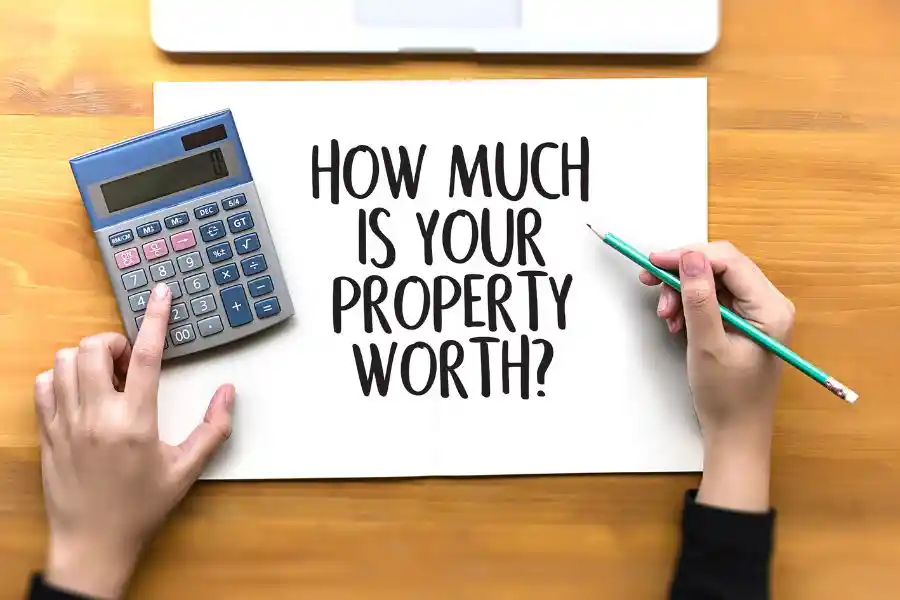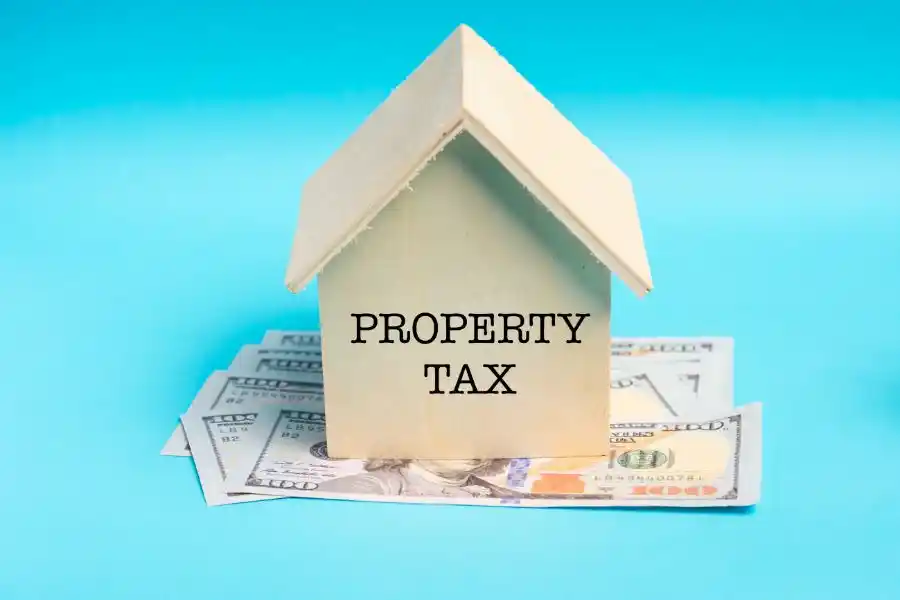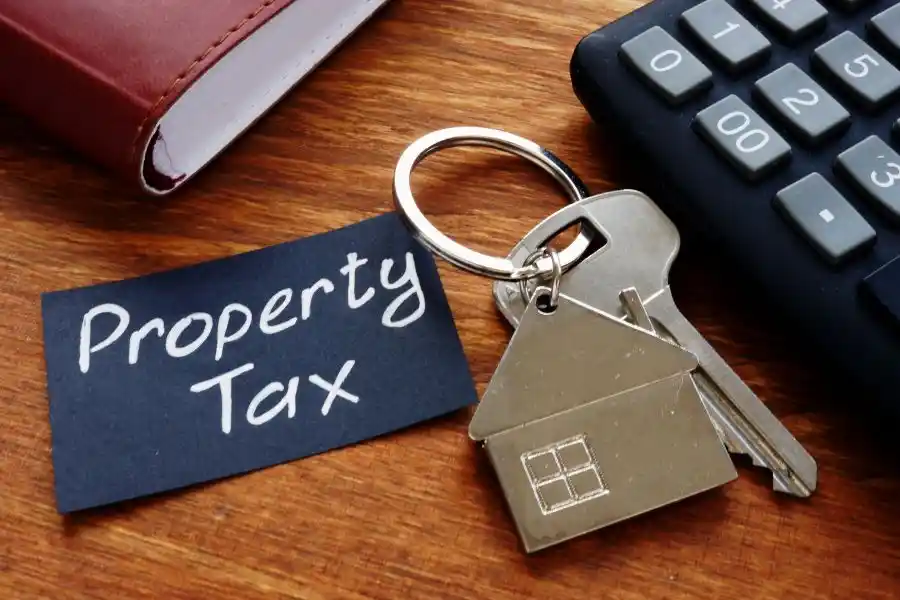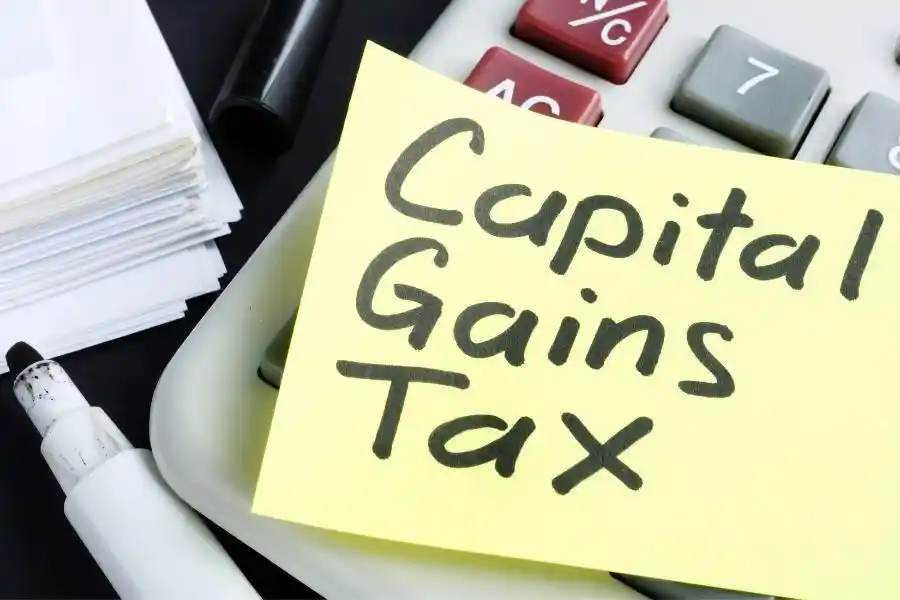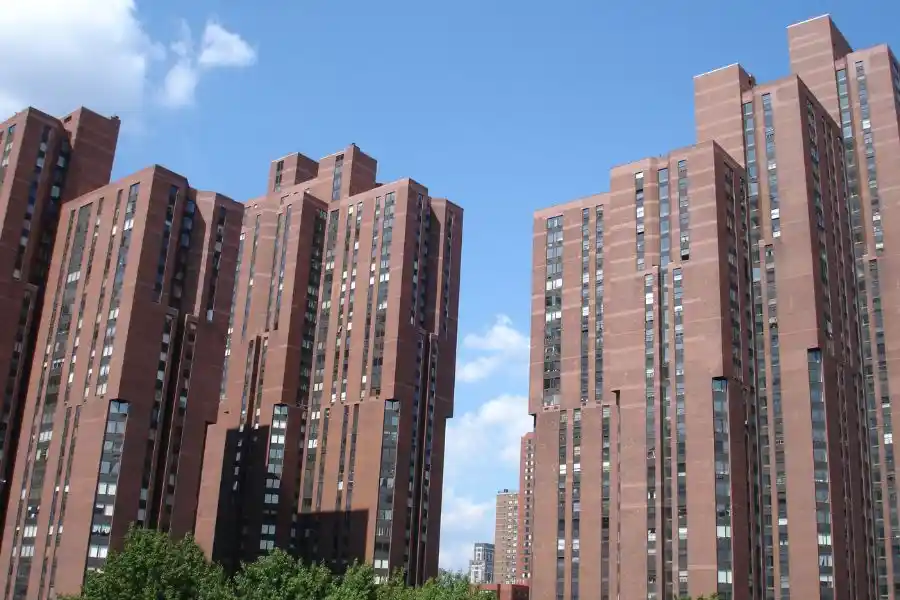Amid the bustling streets and towering skyscrapers in the vibrant heart of the city that never sleeps, you’ll find a concealed treasure that embodies the unique essence of living in New York City like nothing else – brownstone houses.
These architectural marvels have stood the test of time, and today, they continue to be the epitome of urban charm and sophistication. In this blog, we’ll take you on a journey through the allure of NYC’s iconic brownstones, uncovering the reasons behind their enduring popularity in the real estate market.
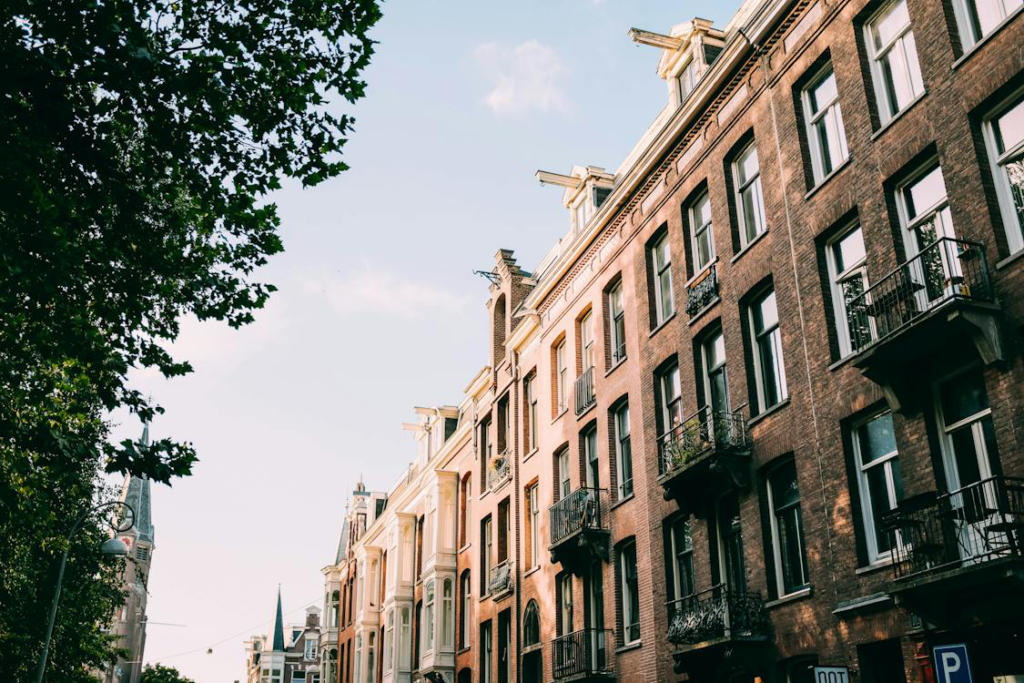
Unveiling the Enchantment of Brownstone Houses NYC
The New York City Broker invites you to step into a world where history and modernity coexist harmoniously within the confines of these elegant brownstone facades.
But why are brownstone houses so popular in the concrete jungle of New York City? Let’s unravel the mystery.
1. The Timeless Appeal
Brownstone houses, with their distinctive brown or reddish-brown sandstone facades, have been a symbol of New York City for centuries.
These historic homes are steeped in rich stories and traditions dating back to the 19th century when they first began to dot the cityscape.
Their timeless appeal lies in their ability to blend seamlessly with the city’s ever-evolving character while maintaining a sense of continuity with the past.
2. A Slice of Architectural Heritage
Walking along the tree-lined streets of neighborhoods like Brooklyn’s Park Slope or Manhattan’s Upper West Side, you’ll be transported to an era of exquisite craftsmanship and intricate details.
The ornate cornices, elegant stoops, and decorative ironwork of brownstone homes harken back to an architectural heritage that captivates both residents and passersby. Living in a brownstone feels like being a custodian of a small piece of New York City’s history.
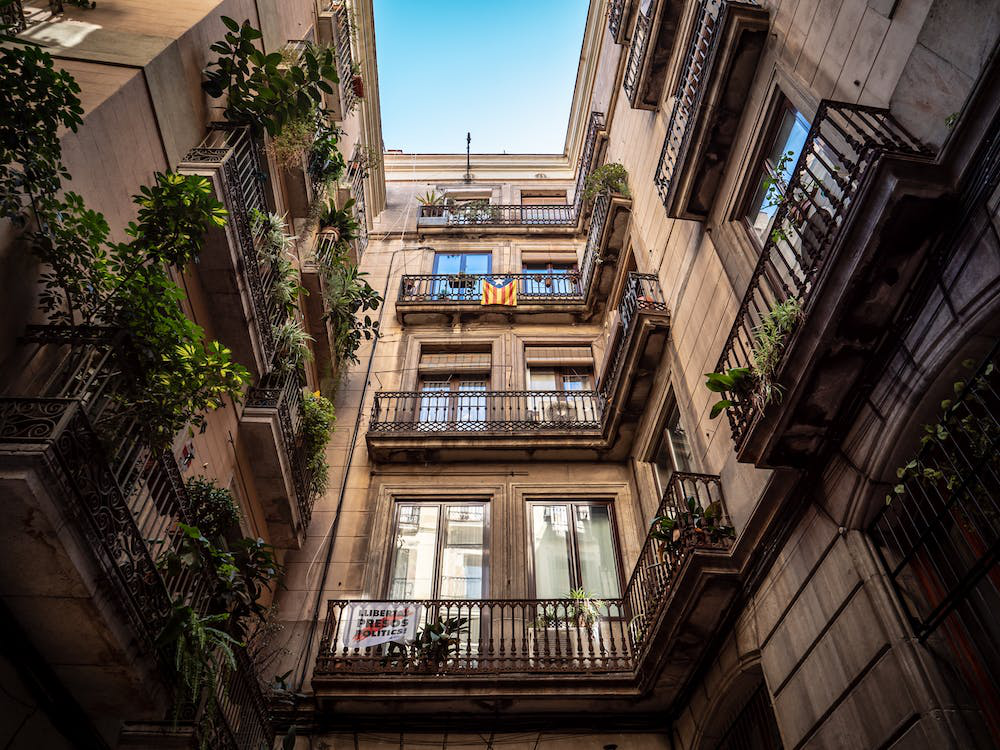
3. The Perfect Balance
One of the key reasons for the popularity of brownstone living in NYC is the perfect balance it strikes between urban convenience and residential tranquility.
These homes offer an escape from the city’s frenetic pace while keeping you within arm’s reach of all the amenities and cultural attractions that New York City has to offer.
The Pros and Cons of Brownstone Living in NYC
While brownstone houses in NYC undoubtedly possess numerous advantages, it’s essential to weigh them against the challenges they present.
Pros
1. Unique Character
Each brownstone is unique, ensuring that no two homes are alike and allowing homeowners to express their individuality through their residences.
2. Community Connection
Living in a brownstone neighborhood fosters a strong sense of community, where neighbors know each other, creating a tight-knit and supportive environment.
3. Prime Locations
Many brownstone neighborhoods are situated in prime locations, with easy access to parks, schools, shops, and public transportation.
Cons
1. Maintenance Costs
The historic nature of brownstone homes can entail higher maintenance costs, from maintaining the aging facades to upgrading outdated infrastructure.
2. Limited Outdoor Space
While brownstone homes have charming stoops, they often come with limited outdoor space, which may be a drawback for those who desire large gardens.
3. Parking Challenges
Finding parking in densely populated brownstone neighborhoods can be a daily struggle, leading to added stress for homeowners with vehicles.

Embrace Brownstone Living
In conclusion, the allure of brownstone houses in NYC is undeniable. They offer a unique blend of historical charm and modern convenience that is hard to replicate elsewhere. If you’ve ever dreamt of living in one of these iconic homes, now is the time to take the plunge.
Are you ready to embark on your brownstone adventure? Explore the exquisite brownstone listings available at The New York City Broker and make your dream of living in a piece of NYC history a reality. Contact our real estate broker in NYC today, and let us guide you on this enchanting journey.


